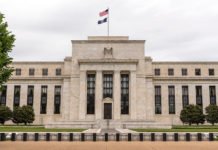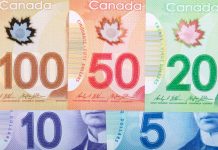Summary
United States: It’s Halloween. Everyone’s Entitled to One Good Scare.
- Nonfarm payrolls rose a much weaker-than-expected 12K in October. Worker strikes and hurricanes played a major role in the headline miss. The unemployment rate, which is derived from the household survey and counts those not working due to a strike or severe weather as employed, held steady at 4.1%. A 25 bps rate cut at next week’s FOMC meeting remains highly likely.
- Next week: ISM Services (Tue.), Nonfarm Productivity (Thu.), Consumer Sentiment (Fri.)
International: Bank of Japan Holds Policy Steady Amid Political Uncertainty
- It was a remarkable week in Japanese politics as the Liberal Democratic Party (LDP) suffered its first major loss in the country’s lower house in more than a decade. As a result, we see political uncertainty persisting in the coming weeks. It is against this backdrop that the Bank of Japan held monetary policy steady this week. Looking ahead, we remain comfortable with our forecast for the next 25 bps rate hikes to come at the January 2025 and April 2025 meetings.
- Next week: Brazil Selic Rate (Wed.), Riksbank Policy Rate (Thu.), Bank of England Policy Rate (Thu.)
Interest Rate Watch: What Goes Up, Must Come Down
- We expect the FOMC to elect to reduce the federal funds rate 25 bps at next week’s monetary policy meeting. Economic growth has generally remained solid since the Committee last met in September, but the restrictive stance of policy today supports a further reduction.
Credit Market Insights: Refinancing Activity Slows Down Amid Pickup in Mortgage Rates
- Mortgage rates have risen sharply over the past weeks despite expectations the start of the Fed’s rate cutting cycle would help ease pressure on financing costs for home buyers. As a result, refinancing activity that had once picked up has since tumbled back down to this summer’s lows.
Topic of the Week: The Election Is Near; Is Consumer Confidence Poised for a Rebound?
- The U.S. presidential election, a major source of uncertainty for consumers, is less than one week away. It is instructive to explore how consumer confidence levels have rebounded following November elections in previous cycles and how this cycle compares.












